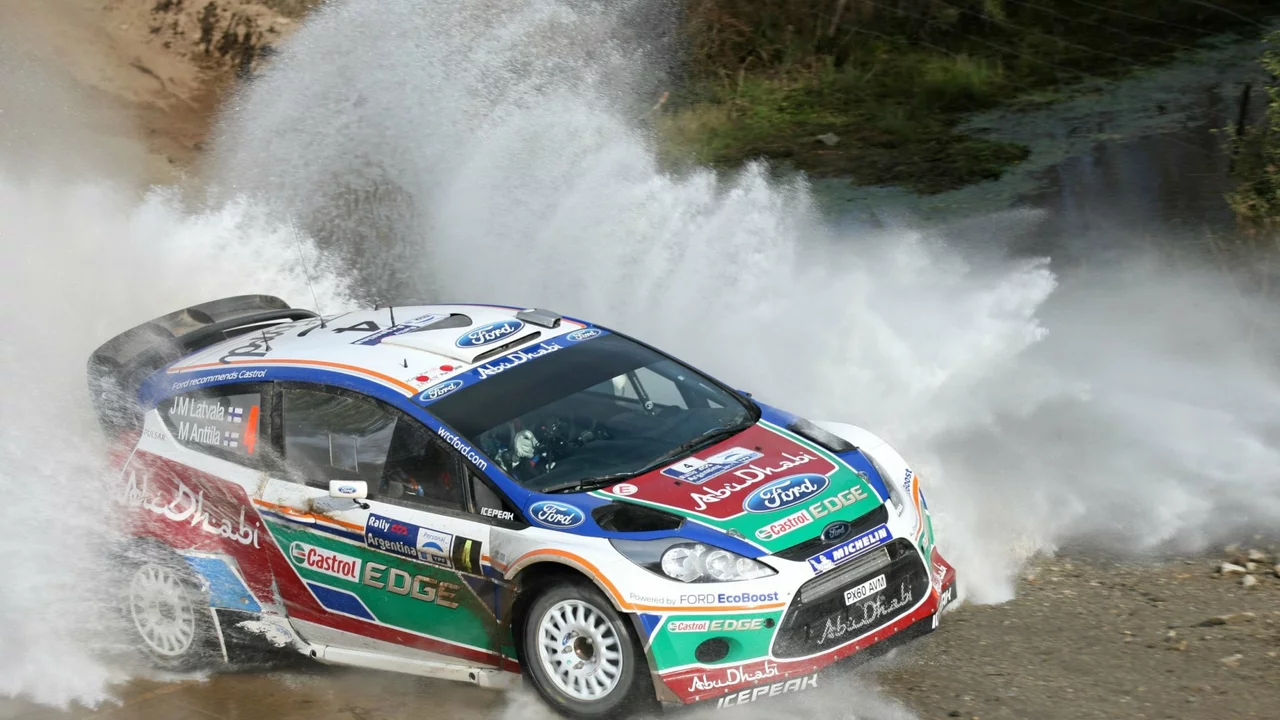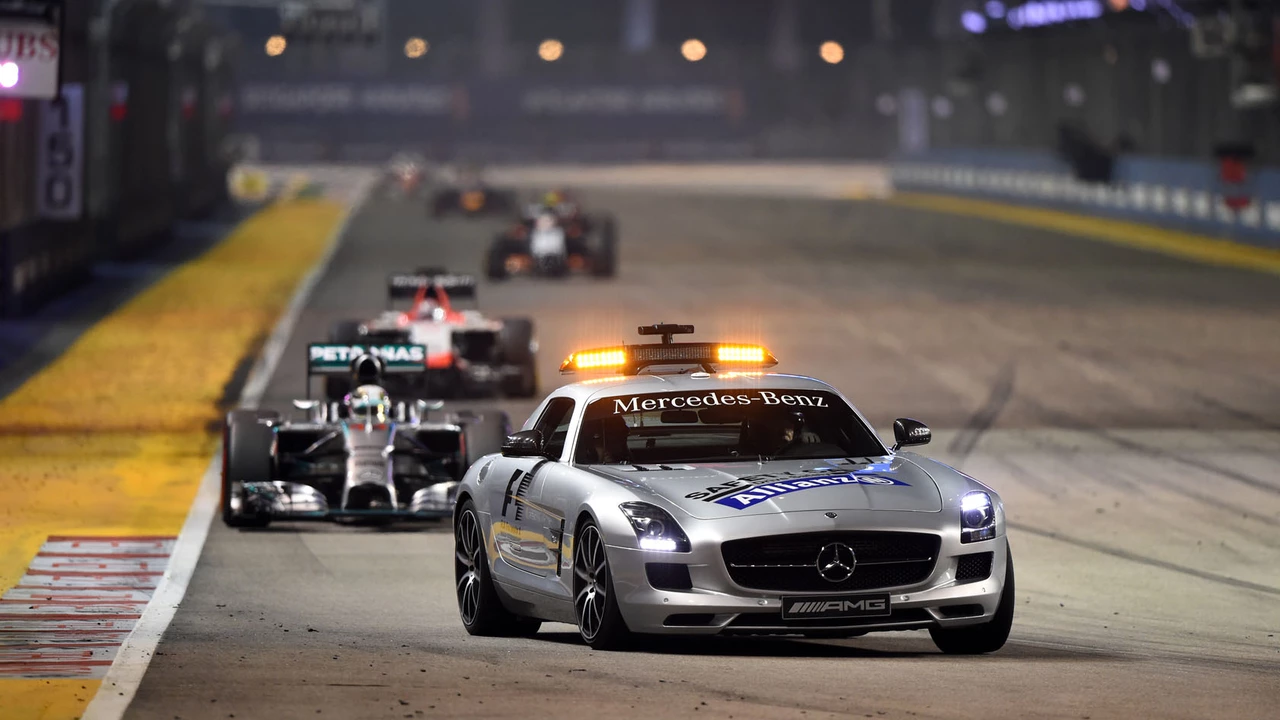Rally Racing: What You Need to Know
If you’ve ever watched a rally car roar over a twisty mountain road, you’ve probably wondered how they stay so fast and in control. The answer lies in a mix of raw power, clever gearboxes, and a solid teamwork routine. Below we break down the most common questions newcomers have, from top speeds to why a rally car has a hand‑brake stick.
How Fast Do Rally Cars Really Go?
Rally cars typically hit 120‑130 mph on straight sections of gravel, while on smooth asphalt they can cruise around 100 mph. Those numbers sound high, but most of the race is about navigating tight hairpins, loose surfaces, and sudden elevation changes. Because of that, drivers often trade raw speed for precision, using brakes and steering to keep the car glued to the road.
Gear, Drifting and Driving Techniques
Most rally machines use a sequential gearbox – think of it as a stick‑shift that only moves up or down one gear at a time. This lets drivers shift faster than a traditional H‑pattern and stay in the power band when the road changes suddenly.
Drifting isn’t just for show; it helps maintain momentum through sharp corners. By letting the rear wheels slide, the driver can keep the car pointed where it needs to go while the tires stay in contact with the surface. The technique also balances weight transfer, which is crucial on loose gravel or icy patches.
Front‑wheel‑drive (FWD) cars can be surprisingly effective in rallying, especially on snow or ice where the front wheels pull the car forward and provide better traction. Many drivers prefer a rear‑wheel‑drive (RWD) or all‑wheel‑drive (AWD) setup for mixed terrain, but a well‑tuned FWD can hold its own if the driver knows how to manage throttle and steering.
One of the most recognizable parts of a rally car is the long stick on the centre console – the hand‑brake. Pulling the hand‑brake locks the rear wheels, allowing the driver to swing the car into a tight turn or stop quickly on a slip‑away surface. It’s a vital tool for tight, low‑speed sections where ordinary brakes would struggle.
Rally isn’t a solo sport. A driver and a co‑driver work together, with the co‑driver reading pace notes that describe every bend, jump, and surface change ahead. This partnership lets the driver focus on steering and throttle while the navigator handles the road‑book. The system is essential because rally stages can be hundreds of kilometres long and rarely repeat.
Finally, know the difference between rally and rallycross. Rally spans multiple public‑road stages over several days, mixing tarmac, gravel, and forest tracks. Rallycross, on the other hand, is a short, intense sprint on a purpose‑built circuit that combines dirt and asphalt. Both are exciting, but they demand different car setups and driving styles.
Whether you’re dreaming of becoming a rally driver or just want to understand the sport better, the key takeaways are simple: speed is gorgeous, but control wins the stage. Master the sequential gearbox, use the hand‑brake wisely, practice drifting, and always trust your co‑driver’s notes. With those basics, you’ll see why rally racing captures the imagination of fans worldwide.
How do I start learning rally racing as a teen?
So, you're a teen and you've caught the bug for rally racing, huh? Welcome to the adrenaline-fueled world of dirt and speed, kid! First things first, get yourself enrolled in a rally school. They'll teach you the basics and get you comfortable with high-speed maneuvers. You'll also need to learn about car mechanics, safety protocols, and the importance of teamwork. And remember, it's not just about being fast, it's about having fun and staying safe! So buckle in, it’s going to be a wild ride!
Read MoreHow does race driving strategy differ between rally and F1?
In comparing rally and F1 racing strategies, the differences are clear. Rally racing is all about endurance and adaptability, as drivers navigate a variety of terrains and weather conditions, often in a single race. In contrast, F1 racing is a precision-oriented sport where every millisecond counts, and the focus is on mastering a specific track. Unlike rally, F1 also emphasizes the importance of pit strategy and tire management. Overall, the two sports require distinct mentalities and skills, reflecting their unique challenges and thrills.
Read More


